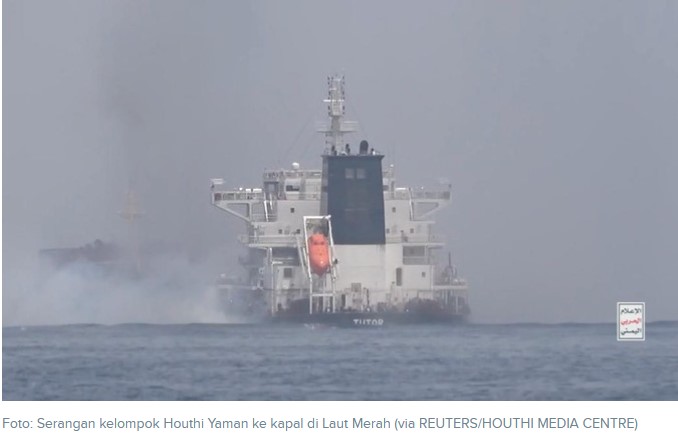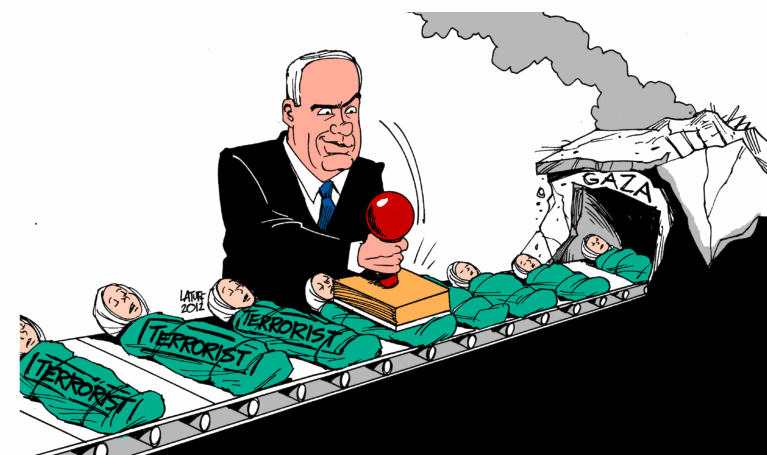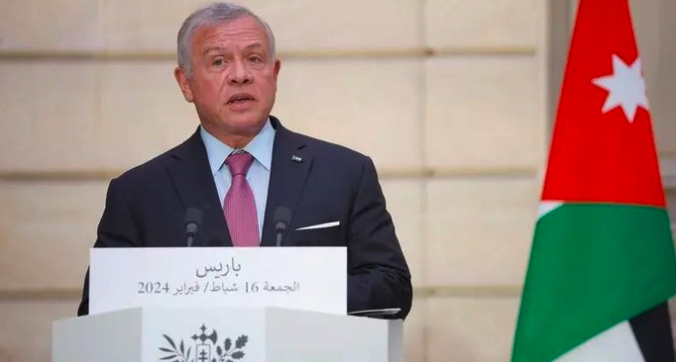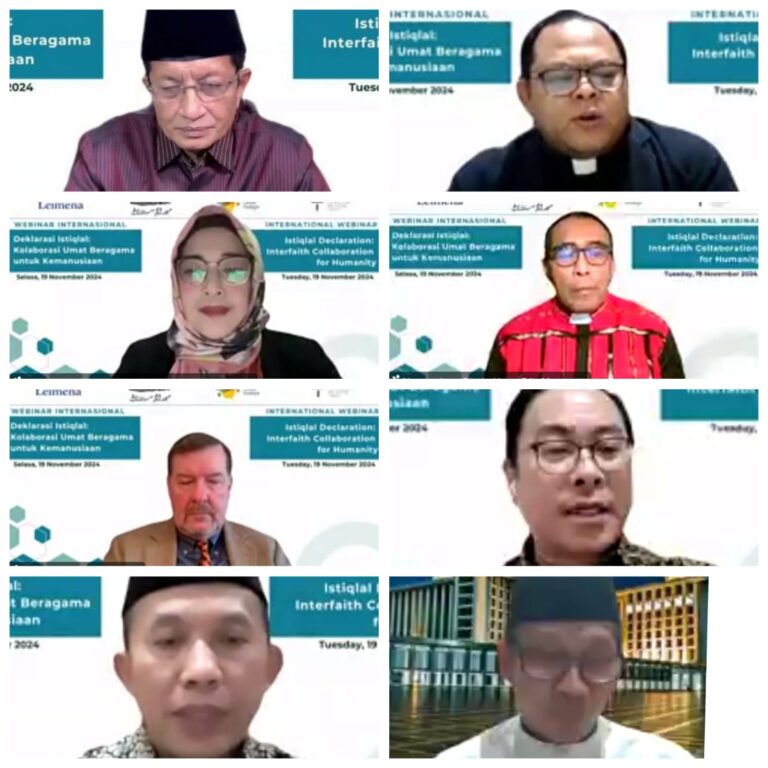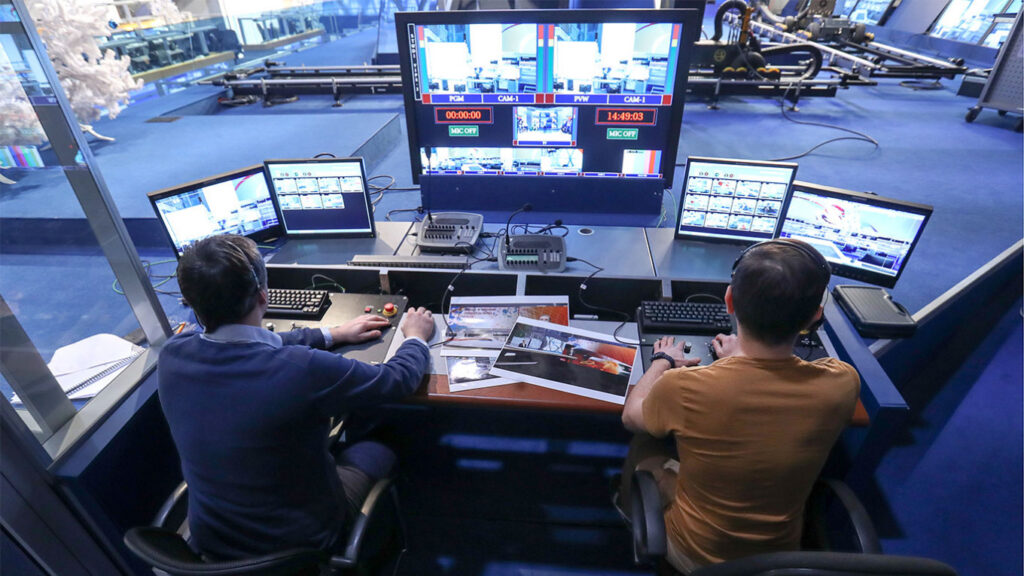
STRATEGIC ASSESSMENT. In the lead up to the current crisis with Ukraine, Russia continued to value mis-, dis-, and malinformation (MDM) as a key part of its approach to influencing and manipulating public opinion, both domestically and abroad. Every aspect of Russia’s approach to warfare includes a disinformation component, particularly during “Phase 0,” sometimes referred to as so-called “shaping operations.” Cyberattacks, propaganda, and information warfare are used to sow discord and confusion among Russia’s adversaries while Moscow works to prepare for military operations and other kinetic actions. Russia has also executed numerous “false flag” operations over the past few weeks, although several commentators have noted the amateurish quality of these feints. Nonetheless, such efforts also confuse the intended audience—not influencing tech-savvy Western open-source intelligence sleuths, but rather provoking fear and concern among Russian citizens that their compatriots are under siege from Ukraine’s armed forces.
Like other sophisticated actors, Russia targets multiple audiences simultaneously. In a video released by the Kremlin of the meeting between its national security leadership, Russian President Vladimir Putin is seen intimidating Sergei Naryshkin, the chief of Russia’s foreign intelligence service. The decision to release this video of one of the most sensitive meetings possible demonstrates a clear desire to influence the Russian population. The NATO alliance has been more unified than Putin expected, and there is widespread speculation that, by amassing such a large scale of forces on Ukraine’s borders, the Russian leader may have miscalculated. To reinforce an image of strength and fortitude, the Kremlin has released such highly scripted videos. In addition, social media accounts have flooded the internet with Russian talking points related to NATO membership, false flag events, attempts by the U.S. media to allegedly manipulate public opinion and sully Russia’s image, and alleged “genocide” in the Donbas region. This last narrative in particular is being used to provide justification for Russia’s incursion into Donetsk and Luhansk, as well as Putin’s recognition of these territories as independent entities.
Putin casts himself as a defender of Russian orthodoxy and appeals to traditional Russian cultural, religious, and ethnic narratives. In turn, many of these narratives are picked up by high-profile media and political figures in the West. In a best-case scenario for Russia, highly influential figures in the United States, Europe, and elsewhere either wittingly or unwittingly seize up Russian disinformation and promote narratives to their followers. This approach to gray zone operations costs Moscow little, while often providing significant benefits and advancing the Kremlin’s agenda, serving as a complement to a robust hybrid warfare strategy. These narratives are also parroted by Russian bots and sock puppet accounts, increasing the reach and virality of those themes most likely to resonate with an array of target audiences. Interestingly, many of the religious and cultural narratives mentioned in Putin’s speech this week are also put forth by groups like the Russian Imperial Movement (RIM). This could bring far-right extremists closer to elements within the Russian government.
U.S. intelligence officials accused a conservative financial news website, Zero Hedge, of promoting Russian propaganda and disinformation. Several other media outlets, created by Russia and with strong connections to Russian intelligence, were also named and shamed. The West, and European countries in particular, should be prepared for a new wave of mis-, dis-, and malinformation in the coming weeks and months, especially as NATO countries move to enact crippling sanctions on Russia. Several Russian banks have been targeted with sanctions by the U.S. and U.K., and German Chancellor Olaf Scholz announced the suspension of the certification of the Nord Stream 2 pipeline. Government ministers, policymakers, and military officials are far more cognizant of Russian MDM capabilities today than they were in 2014, when Russia invaded and occupied Crimea. Still, it remains a major challenge for countries to inoculate their citizens against a relentless torrent of falsehoods, propaganda, and deliberately misleading or manipulated information (TSC).



